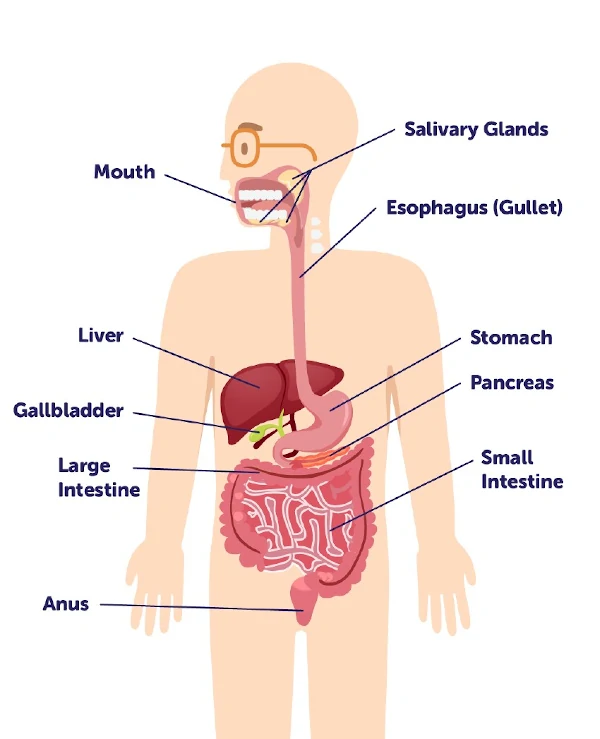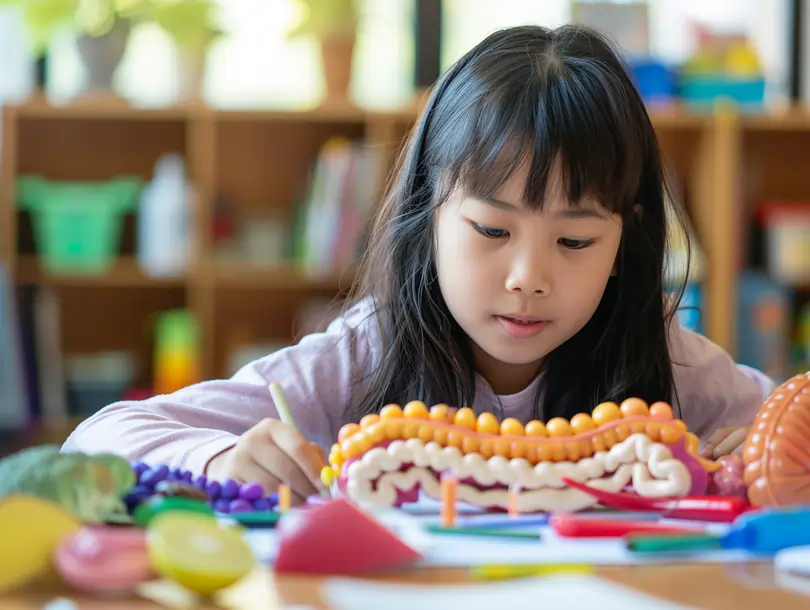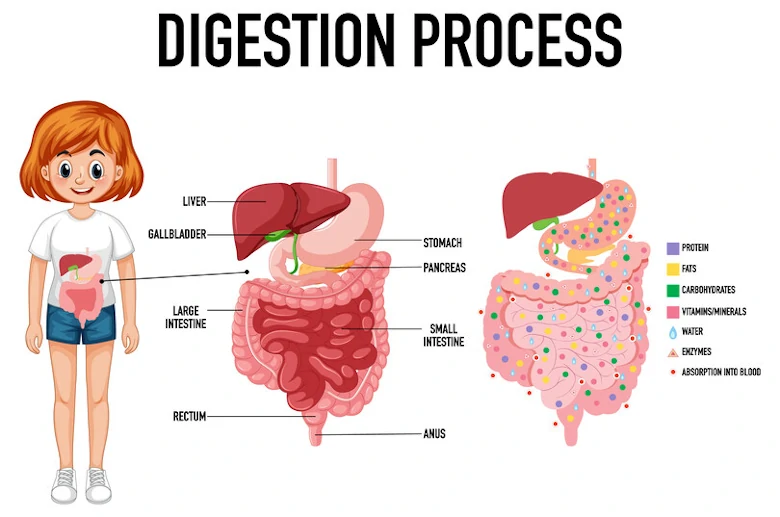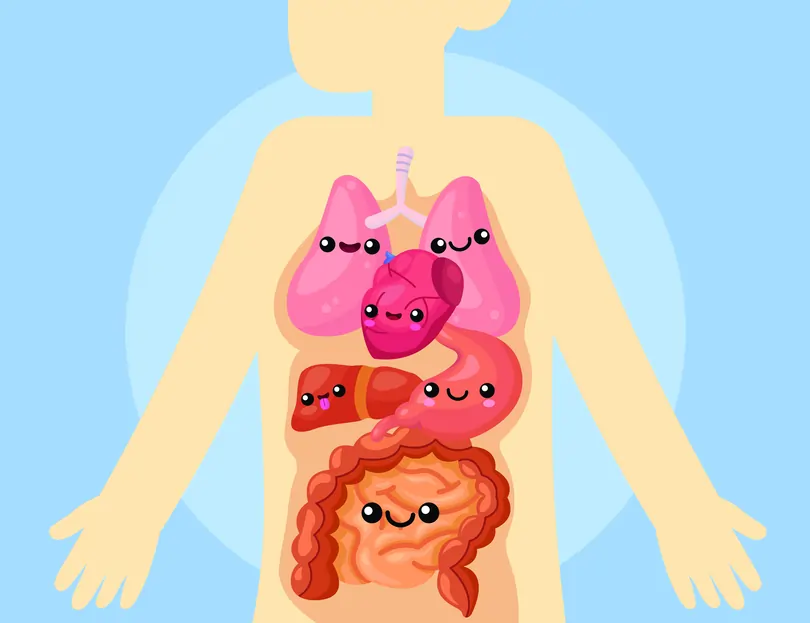Diversity Of Materials
In this article, you will be introduced to the concept of materials and their properties based on the Singapore Primary 3 Science Syllabus. We will learn about the different properties of materials and focus on the following properties:
- strength of a material
- flexibility of a material
What Is A Material?
A material is something that can be used to make objects. Different types of materials can be used to make different objects around us. The different types of materials can be grouped according to the sources from where they are obtained as shown in the flowchart below.
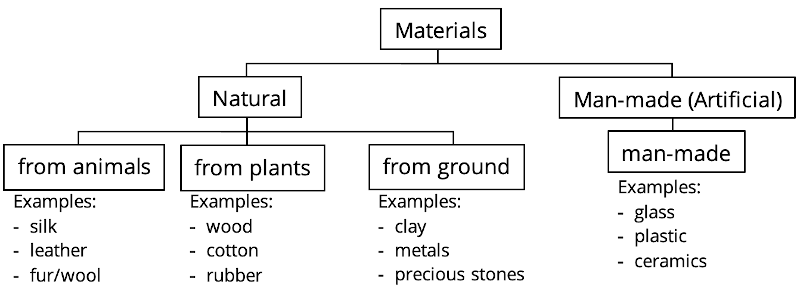
Each material has its own physical properties and the properties of materials include:
| Physical Property | Description |
|---|---|
| Strength |
|
| Flexibility |
|
| Buoyancy |
|
| Waterproof (ability to absorb water) |
|
| Degree Of Transparency To Light |
|
What Is The Strength Of A Material?
The strength of a material refers to its ability to withstand or support heavy loads without breaking and/or tearing. The amount of load it takes to break the material depends on the strength of the material. Different materials have different strengths as some materials are stronger than other materials. For example, a metal ruler is stronger than a plastic ruler as a metal ruler does not break as easily as a plastic ruler.
A simple test can be used to test for the strength of different materials as shown in the experiment below.
An experiment was conducted to test the strength of four different materials, W, X, Y and Z. The materials were of the same thickness and length. Loads of equal mass were being placed on each material one at a time until the material breaks as shown in the diagram below.
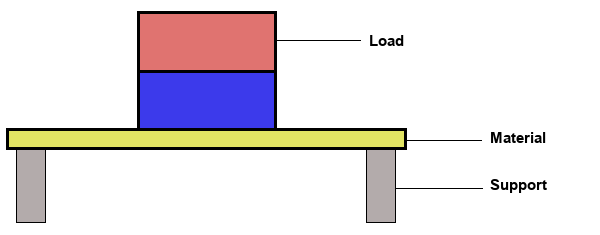
The results are recorded in the table below.
| Material | Number Of Loads |
|---|---|
| W | 10 |
| X | 5 |
| Y | 15 |
| Z | 2 |
Observations:
Material Y is able to withstand the most number of loads.
Material Z is able to withstand the least number of loads.
Conclusion:
Material Y is the strongest material while material Z is the weakest material.
What Is The Flexibility Of A Material?
The flexibility of a material is its ability to bend without breaking. How flexible the material is depends on how much it is able to bend without breaking. Some materials are flexible while some materials are stiff. For example, a plastic ruler is more flexible than a wooden ruler as a plastic ruler is able to bend more than a wooden ruler.
A simple test can be used to test for the flexibility of different materials as shown in the experiment below.
An experiment was conducted to compare the flexibility of four different materials, W, X, Y and Z. The materials were of the same thickness and length. A mass of 1 kg was placed on each material as shown in the diagram below.

The results are shown in the table below.
| Material | Distance Material Is Bent (mm) |
|---|---|
| W | 15 |
| X | 2 |
| Y | 10 |
| Z | 7 |
Observations:
Material W bends the most.
Material X bends the least.
Conclusion:
Material W is the most flexible material while material X is the least flexible material.
Conclusion
In this article, we learnt about the materials and their properties. We also explored the strength of materials and the flexibility of materials in greater detail.
Test Your Concepts
Answer the following questions based on the concepts that you have learned in this article. If you are unclear, you may want to revisit the relevant section to revise the concepts.
Question 1:
Study the graph below. It shows the number of books of the same size and mass that bags E, F, G and H can hold before breaking.

Arrange the bags according to their strength, starting from the strongest to the weakest.
- E, G, F, H
- F, E, H, G
- G, F, H, E
- G, H, E, F
Solution:
(2) F, E, H, G
Explanation:
Bag F is the strongest as it is able to hold the most number of books before breaking, followed by bags E and H. Bag G is the weakest as it holds the least number of books before breaking.
Question 2:
Cody wanted to make a bookshelf from one of the materials, X, Y and Z. The table below shows the amount of mass each material can hold before breaking.
| Material | Amount of mass the material can hold before breaking (kg) | |||
|---|---|---|---|---|
| 2 | 4 | 6 | 8 | |
| W | ✓ | |||
| X | ✓ | ✓ | ✓ | ✓ |
| Y | ✓ | ✓ | ||
| Z | ✓ | ✓ | ✓ | |
Which material should Cody use to make the bookshelf ?
- W
- X
- Y
- Z
Solution:
(2) X
Explanation:
Material X was able to hold the most mass (8kg) before breaking. A bookshelf needs to be strong to withstand the mass of the books.
Question 3:
Yoyo wanted to compare the flexibility of three materials, J, K and L. The materials are of the same length and thickness. She set up the experiment as shown below.

She hung a 500 g load on each material with a string of the same length and thickness. She then observed how much the material bent and measured the distance d as shown in the diagram below.

She recorded her results in the table below.
| Material | Distance d (cm) |
|---|---|
| J | 3 |
| K | 0 |
| L | 7 |
Based on Yoyo’s results, arrange the materials, J, K and l, from the least flexible to the most flexible.
- J, K, L
- J, L, K
- K, J, L
- K, L, J
Solution:
(3) K, J, L
Explanation:
Material K is the least flexible as the distance d for material K is the least.
Material L is the most flexible as the distance d for material L is the most
| Continue Learning | |
|---|---|
| Systems | Diversity Of Materials |
| Plants And Their Parts | Living And Non-Living Things |
| Diversity Of Plants | Digestive System |
| Diversity Of Animals | Fungi & Bacteria |
Test Yourself
Which properties make a plastic bowl a better choice than a ceramic bowl for young children?
This is assuming that young children are weaker and more prone to break things of course.
Picture shows a pair of scissors.

Part X of a scissors is usually made of metal. What properties of metal make it a suitable material?
The cutting part of the scissors needs to be both strong and hard to be able to cut things.
The picture below shows the metallic armour a soldier wore to war in the past.
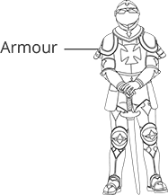
Which are the main reasons why metal was used for the armour?
A: It is durable.
B: It is hard.
C: It is strong.
D: It sinks in water.
Choose the correct option
Durable - Ability to withstand wear and tear.
Hardness - Ability to withstand scratches.
Strength - Ability to withstand a heavy load without breaking.
The diagram below shows a microwave oven.
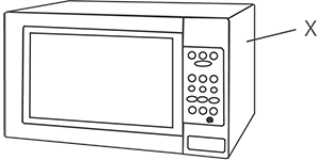
What material and its property should be taken into consideration to make part X of the microwave oven ?
| Material | Property | |
|---|---|---|
| (1) | Wood | It cannot be burnt easily. |
| (2) | Glass | It allows us to see what is in the oven. |
| (3) | Metal | It is hard and strong. |
| (4) | Rubber | It is flexible. |
Option (1) is incorrect because wood can be burnt quite easily.
Option (2) is incorrect because the sides of a microwave are usually opaque.
Option (4) is incorrect because the microwave oven should not be flexible.
The diagram below shows a cooking pot.
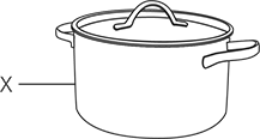
Metal is chosen to make the part of the pot labeled X because it ___________.
A: It is shiny.
B: It is strong.
C: It is flexible.
D: It conducts heat.
Choose the correct option
Part X has to be a good conductor of heat, and it has to be strong to be able to hold the weight of the contents inside.
From Exploring Materials. Students might not have learnt conductivity/magnets before this.




 SG
SG  VN
VN 
